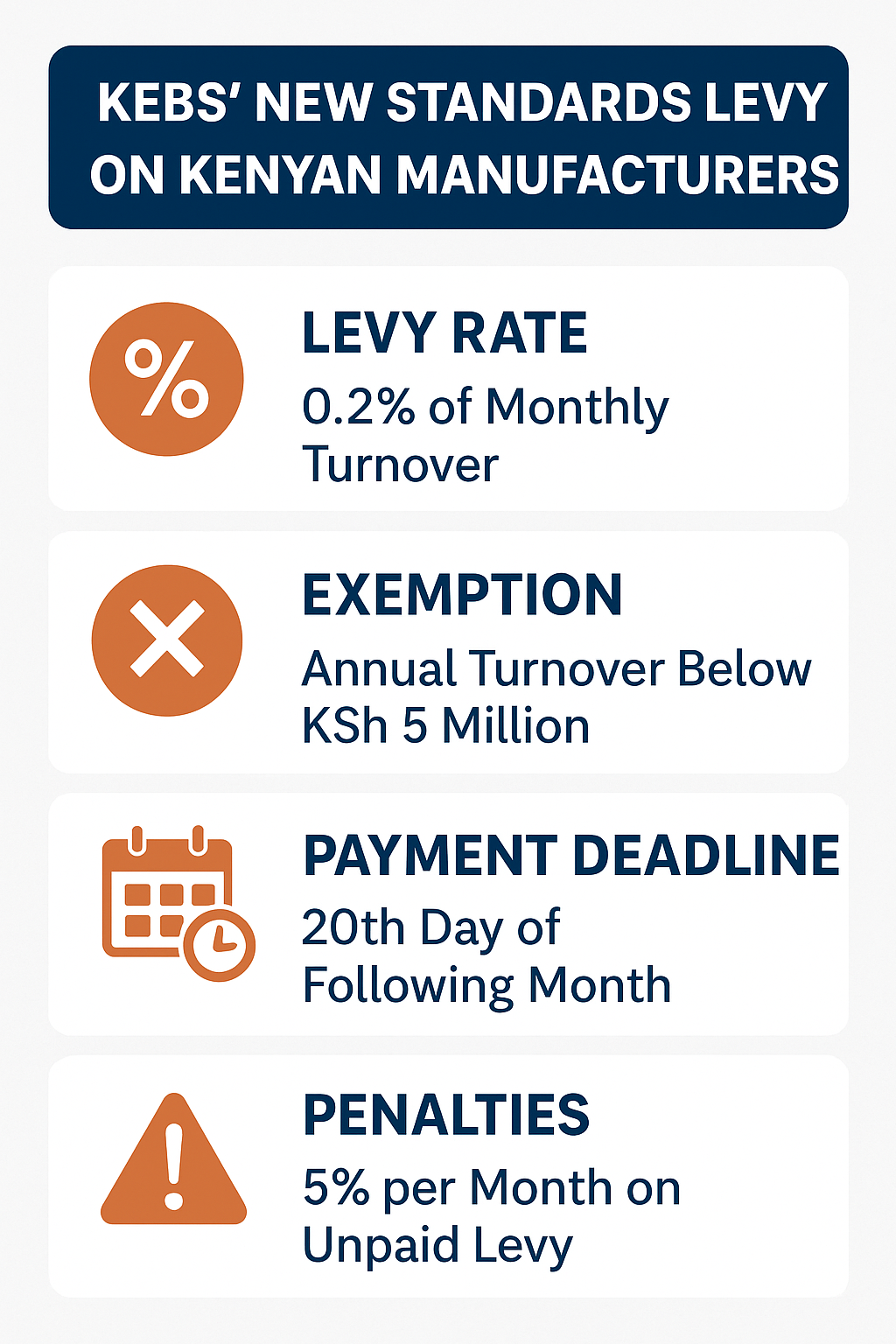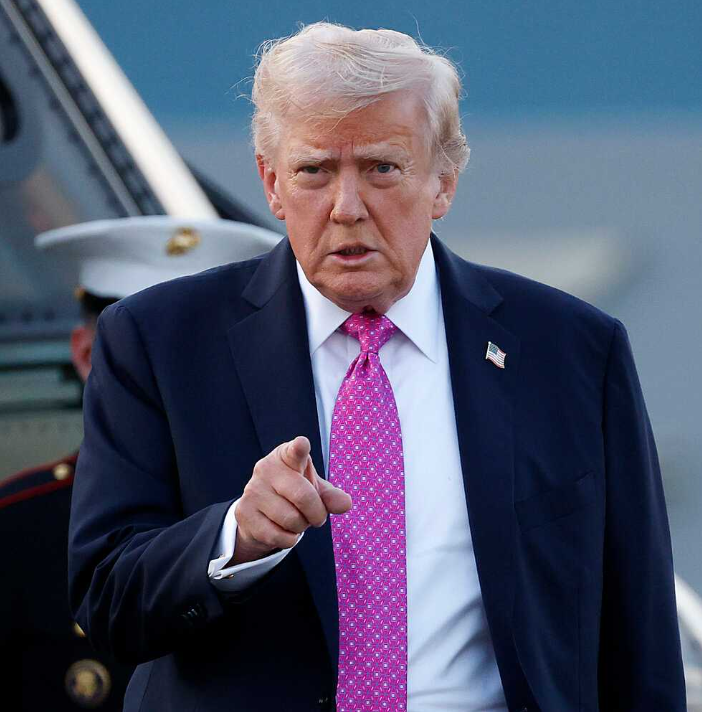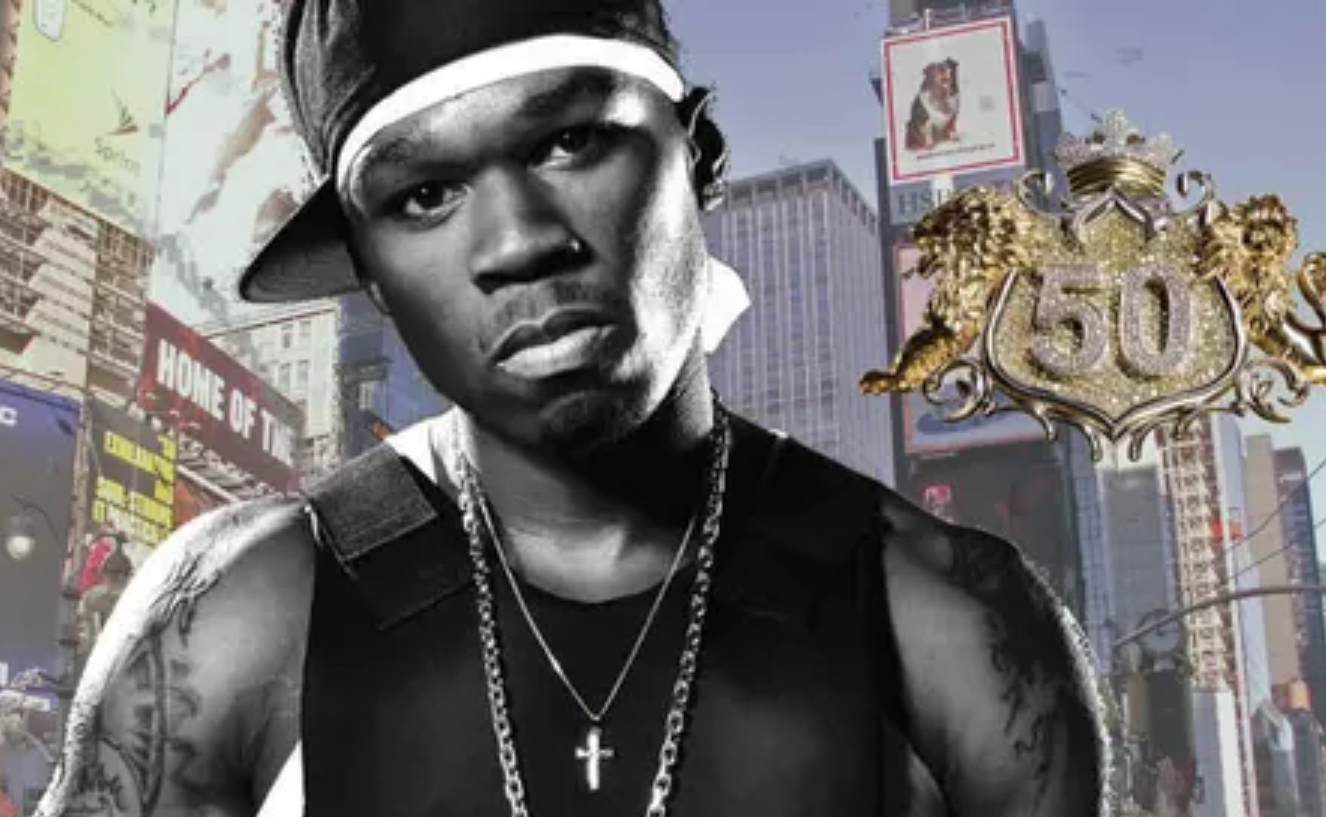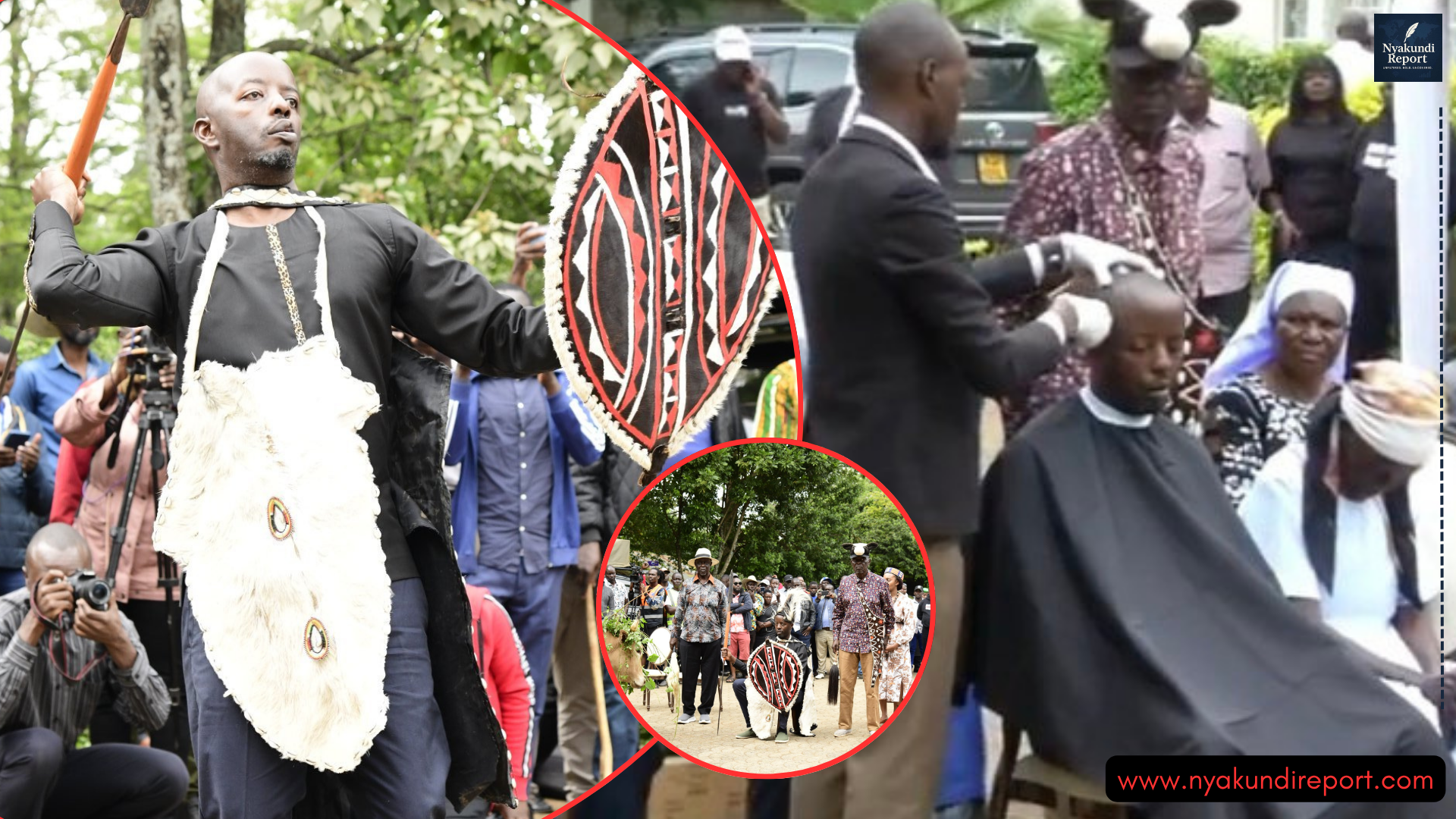Kenya is quietly preparing to send a group of cheetahs to India under a new translocation plan that has caught conservationists off guard. Reports from The Times of India reveal that the Indian government has already entered talks with Kenya to secure 8–10 cheetahs by 2026.
The move is part of India’s ambitious “Project Cheetah,” which aims to rebuild its extinct cheetah population. However, questions are emerging about the secrecy surrounding the deal, the ecological risks, and whether Kenya is being transparent about exporting its wildlife heritage.

Kenya to Send Cheetahs to India Under Secretive Agreement
The government of India has revived its mission to restore the cheetah population wiped out more than 70 years ago. To do this, New Delhi is reaching out to several African countries—Kenya, Namibia, and Botswana—to provide the animals.
According to The Times of India, India and Kenya are already in talks to finalize a deal that would see 8–10 cheetahs flown from Kenyan reserves to Indian parks by 2026. The animals are likely to be relocated to either Kuno National Park or the Gandhinagar Wildlife Sanctuary in Madhya Pradesh, where India has previously received cheetahs from Namibia and South Africa.
While officials in both countries have remained silent on the details, conservationists in Kenya are raising red flags over the lack of public consultation. Critics say the translocation plan appears to have been negotiated behind closed doors, with no clear explanation of how Kenya stands to benefit.
Questions Over Kenya’s Role in Project Cheetah
India launched “Project Cheetah” in 2022 with much fanfare, marking the return of the big cat that had gone extinct in the country since 1952. The first batch of eight cheetahs arrived from Namibia, followed by twelve from South Africa in 2023. However, the project has struggled—11 of the 20 imported cheetahs have died, and survival rates among newborn cubs remain low.
Despite those setbacks, India wants more animals to sustain the program. President Droupadi Murmu is currently on a state visit to Botswana to sign a formal agreement that would allow the next batch of cheetahs to be sent by December 2025 or early 2026. Reports suggest that Kenya’s involvement is part of India’s broader effort to diversify the genetic pool of its cheetah population.
Kenya’s Wildlife Service has not confirmed the plan publicly, but the country reportedly has between 800 and 1,200 adult cheetahs in the wild. These populations are found in reserves like Maasai Mara, Tsavo, and Samburu—areas already facing pressure from habitat loss, poaching, and human-wildlife conflict.
Environmentalists say exporting wild cheetahs could weaken Kenya’s fragile predator balance. “This is not conservation, it’s politics,” said one Nairobi-based conservation expert. “Kenya should focus on protecting its own cheetahs instead of sending them abroad for show.”
India’s Troubled Cheetah Experiment
India’s experiment with imported cheetahs has drawn mixed reactions worldwide. While some hail it as a bold conservation milestone, others argue it’s a costly vanity project. In Kuno National Park, where most of India’s cheetahs live, harsh weather and insufficient prey have led to multiple deaths.
Official figures show India currently has 27 cheetahs—24 in Kuno and three in Gandhi Sagar Wildlife Sanctuary. This includes 16 cubs born in India, though only 16 of the 26 born since 2022 have survived. Indian experts have admitted that several adults died from heatstroke, malnutrition, and territorial fights.
Adding more cheetahs without addressing these issues could make matters worse. Wildlife researchers argue that translocation from Kenya and Botswana may help diversify genetics, but it won’t fix India’s ecological challenges.
Conservationists Demand Transparency from Kenya
Kenyan conservation groups are now demanding that the government disclose the terms of the agreement with India. They question whether the plan meets international wildlife transfer guidelines and whether Kenya is being compensated or participating out of diplomatic pressure.
“There has been no Environmental Impact Assessment or stakeholder engagement,” said a senior member of the Wildlife Conservation Alliance. “This is our national heritage. We deserve to know why our cheetahs are being exported and under what terms.”
Others argue that Kenya’s involvement could damage its global conservation image. For decades, Kenya has been seen as a leader in wildlife protection. Engaging in secret translocation deals could undermine that reputation.
The Ministry of Tourism and Wildlife has not issued a statement, but insiders say negotiations are at an advanced stage. If the plan goes through, Kenya will join Namibia and Botswana as the third African country to supply cheetahs to India under Project Cheetah.
Whether this move strengthens conservation or weakens Africa’s wildlife sovereignty remains to be seen. For now, the silence from Nairobi continues to fuel suspicion that Kenya’s cheetahs are being used to serve foreign political and diplomatic interests rather than genuine ecological goals.








































